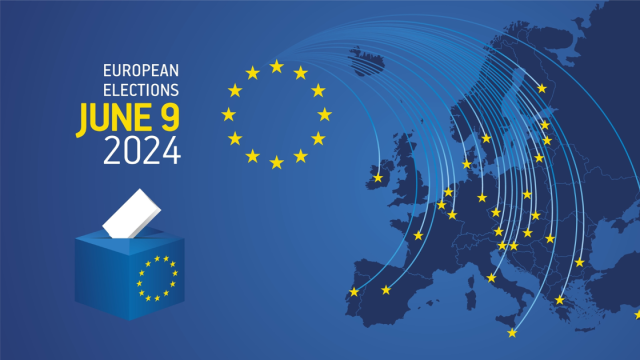
According to its Prague Declaration of 17 December 2013, the European Conservatives and Reformists (ECR) group in the European Parliament concentrate on economic recovery, growth and competitiveness. On the other hand, CEEMET, the European employers’ organisation representing the interests of the metal, engineering and technology-based industries has published a set of recommendations on how to reinforce Europe’s industry on the wake of the 2024 European Parliament elections.
By way of a foreword to the document, CEEMET’s President, Mr. Rainer Ludwig, who is also the Director of Human Resources in Ford Germany, has offered to engage with elected European Parliament members, the new College of Commissioners and all other policy makers (we think of the Council of the European Union) to build a better future for European industry.
ECR group members will surely salute such offer with enthusiasm and loyal commitment. CEEMET rightly complains that EU industry has faced an unprecedented challenging environment during the last parliamentary term. Therefore, the focus should now be shifted from legislative action to competitiveness.
Four areas are identified to make European industry the most competitive in the world, a vision that is far from realisation as of nw. The first is frictionless labour mobility, for which both deepening the single market and ensuring the free movement of workers and services are needed. This will help solve what seems to be challenge number one for European industry, that is, a worrying shortage of labour.
Regulatory burden for companies to post their employees throughout the EU should be reduced, particularly in relationship to the red tape required by the Posting of Workers Directive currently in force. On the contrary, the European Commission’s initiative to create an “eDeclaration” digital tool to standardise and simplify reporting obligations for postings within the European Union looks favourable.
The second area is fully in line with ECR principles, namely, to adopt fit for purpose regulation in full respect of the EU Treaties. The European Parliament should remain within the EU’s competence when legislating, respecting conferral, subsidiarity and proportionality, while going back to basics on EU social policy.
The new European Commission should be committed to reducing unnecessary administrative burden on companies, respecting differences of national labour markets, requesting Member States to avoid gold plating of EU law because of its adverse impact on business, allowing flexibility in the adaptation of companies to challenges, refraining from legislative packages massively impacting companies’ international competitiveness, and developing an industrial policy for Europe to strengthen its long-term competitiveness and productivity.
A third area has to do with the provision of a highly skilled workforce. In order to tackle the labour and skills shortage, the concepts of training and legal migration inevitable appear. However, together with legal migration CEEMET mentions the concept of “circular migration”, where the moving worker comes back to his Member State. Closely linked to both training and legal migration, ECR policy makers must indeed contribute to avoid brain drain.
A very interesting proposal to reduce unemployment is to offer companies social security exemptions when recruiting long-term unemployed workers, whereas training includes both STEM (science, technology, engineering and maths), soft skills and, most importantly, vocational training.
Finally, it is important that social partners at company and national level cooperate to design rules that best suit them, rather than the public administration imposing a top-down approach. CEEMET defends allowing for deviation from EU legislation by collective agreement: this has been anathema to the left in the past parliamentary term. We would add that national governments also have a say on this, to make sure that workers not represented through collective action are sufficiently protected.
Source of image: IndustriAll Europe



 Subscribe
Subscribe